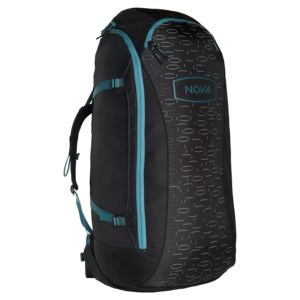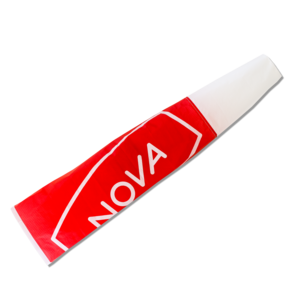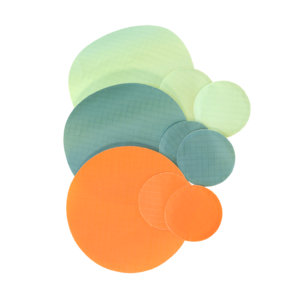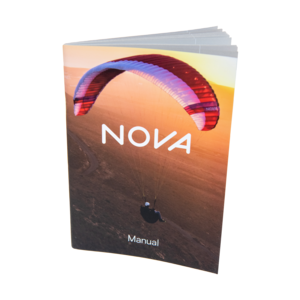NOVA Air Scoop进气口优化了空气的进入方式,从而提升伞翼内部气压。NOVA的Air Scoop进气口原理与跑车的空气冲压进气管相似:利用增加的空气量来产生更高的气压。滑翔伞内部更高的气压意味着结构稳定性和抗塌陷性能的提升。
就像用一张纸去包裹一个球形,纸面总会有褶皱一样,滑翔伞的伞鼻也面临同样的情况——伞衣要满足剖面翼形和球面效应(气室是弧形而非直线型的)的双重需要。双层3D塑形技术采用额外的一层缝线来减少折痕,以此提升伞翼性能。
所有NOVA伞都崇尚简单实用。您可以使用长条袋来叠伞,但这并不是必要的。我们对进气口支撑结构有丰富的经验,我们发现,叠伞的方式对伞具的耐用性实际上影响很小,可弯折的伞头结构支撑可以很快恢复原形。
用更少量的伞绳长度来铸就“三组绳”的伞,这个理念让我们构造出同时具有极佳飞行性能和高度被动安全的伞翼。把伞绳概念化的方法,让生产更抗塌陷的伞翼成为可能。即便发生塌陷,也通常是小面积范围。这一点极大提升了伞翼在极端飞行状态下的表现。
与常规伞翼相比,重量更优的这一类伞翼更轻质——但却拥有通用的机械稳定性和耐用性。轻质的伞携带更轻松,起伞更轻盈,因此非常适合登山飞行。我们做的重量优化,是针对既想要轻质又不想在耐用性上妥协的飞行员们。






 Petrol
Petrol Orange
Orange NOVA伞包
NOVA伞包 NOVA风筒
NOVA风筒 补伞包
补伞包 说明书
说明书